Film Industry Shift: Major Studios Adopt Lida Group’s Temporary Container Buildings for Mobile High-Quality Production Villages
2025-Jul-30 14:11:48
By Admin
1. Introduction
The film industry is in a constant state of evolution, driven by the need for innovation, efficiency, and adaptability. With productions increasingly taking place in diverse locations—from remote natural landscapes to bustling urban centers—there is a growing demand for flexible, high-quality production facilities that can be quickly set up and dismantled. Traditional production villages, often built from scratch or relying on permanent structures, struggle to meet these demands, facing challenges such as high costs, long construction times, and limited mobility.
Lida Group, a leading name in the construction industry with a rich history dating back to 1993, has emerged as a key player in addressing these challenges. Specializing in the design, production, installation, and marketing of engineering construction, Lida Group offers a wide range of products including large-scale labor camps, steel structure buildings, container houses, prefab houses, and other integrated buildings. Boasting international certifications such as ISO 9001, ISO 14001, ISO 45001, and EU CE certification (EN 1090), along with professional construction qualifications, the company has established a strong reputation for delivering reliable and sustainable solutions. With seven subsidiaries and numerous overseas branch offices, Lida Group is well-positioned to cater to the global needs of the film industry, providing temporary container buildings that are transforming the way production villages are conceptualized and executed.
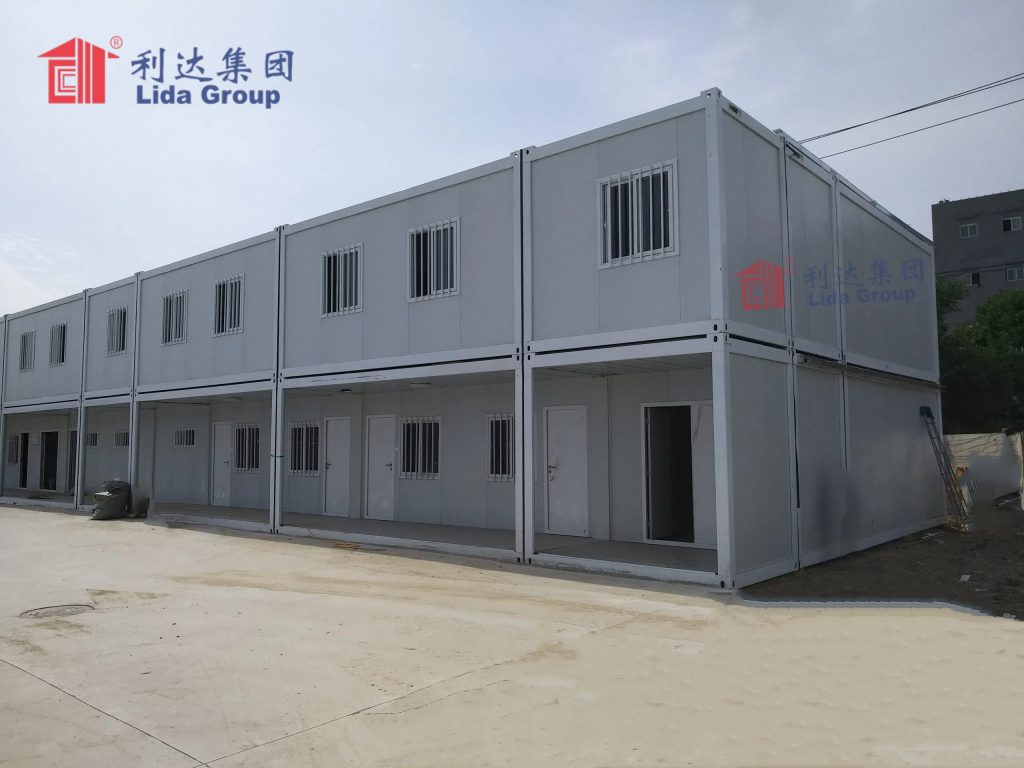
2. The Evolving Needs of the Film Industry
2.1 Rise of On-Location Filming
In recent years, there has been a significant shift towards on-location filming. Audiences crave authentic settings, and filmmakers are increasingly drawn to real-world environments to bring their stories to life. From the rugged mountains of New Zealand for fantasy epics to the historic streets of European cities for period dramas, on-location shoots offer a level of realism that studio soundstages often cannot replicate. This trend has led to a surge in demand for production facilities that can be transported to these diverse locations and tailored to the specific requirements of each shoot.
2.2 Flexibility and Mobility Requirements
On-location filming requires a high degree of flexibility and mobility. Production schedules are often tight, and crews need to move quickly from one location to another. Traditional production villages, which are often permanent or require extensive on-site construction, cannot keep up with this pace. Filmmakers need facilities that can be easily transported, set up in a matter of days, and then dismantled and moved to the next location. This flexibility is crucial for meeting tight deadlines and adapting to unexpected changes in shooting schedules.
2.3 Cost Pressures and Efficiency
The film industry is under constant pressure to control costs. On-location shoots can be expensive, with costs associated with travel, accommodation, and the construction of temporary facilities adding up quickly. Traditional production villages often require significant upfront investment in materials and labor, and their inflexibility can lead to wasted resources if the shoot is delayed or relocated. There is a growing need for cost-effective solutions that can reduce construction time and minimize waste, while still providing high-quality facilities for cast and crew.
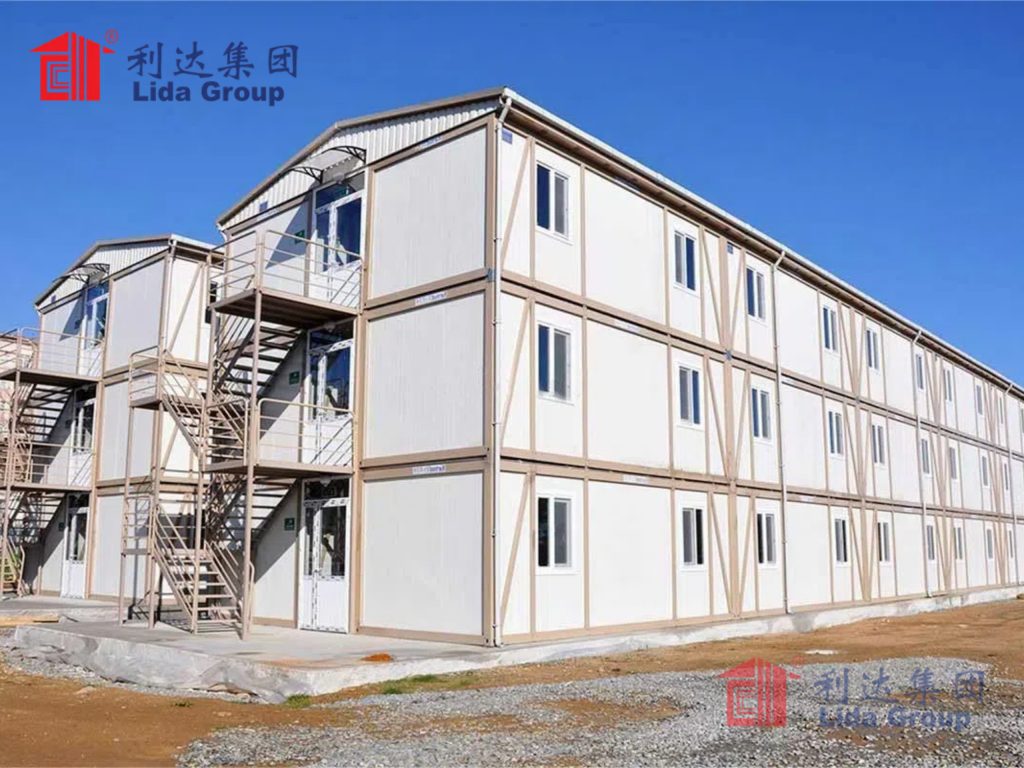
3. Challenges of Traditional Production Villages
3.1 High Construction Costs and Time
Building traditional production villages from scratch is a costly and time-consuming process. It involves sourcing materials, hiring local labor, and coordinating construction activities, all of which can be expensive, especially in remote locations. The construction process can take weeks or even months, which can delay the start of filming and increase overall production costs. In addition, the need to comply with local building regulations and obtain permits can further add to the time and expense.
3.2 Lack of Mobility and Adaptability
Traditional production villages are often designed for a specific location and cannot be easily moved. If the production needs to relocate, the entire village may need to be dismantled and rebuilt, which is both costly and time-consuming. This lack of mobility limits the flexibility of filmmakers and can force them to compromise on locations or incur additional expenses. Moreover, traditional facilities are often not easily adaptable to changing needs. For example, if the production requires additional office space or a larger catering area, it can be difficult and expensive to modify the existing structures.
3.3 Environmental Impact
The construction of traditional production villages can have a significant environmental impact. Clearing land, transporting materials, and generating waste can all contribute to habitat destruction, pollution, and carbon emissions. In sensitive environments, such as natural reserves or historic areas, this impact can be particularly harmful. There is a growing awareness within the film industry of the need to reduce its environmental footprint, and traditional production villages are often seen as falling short in this regard.
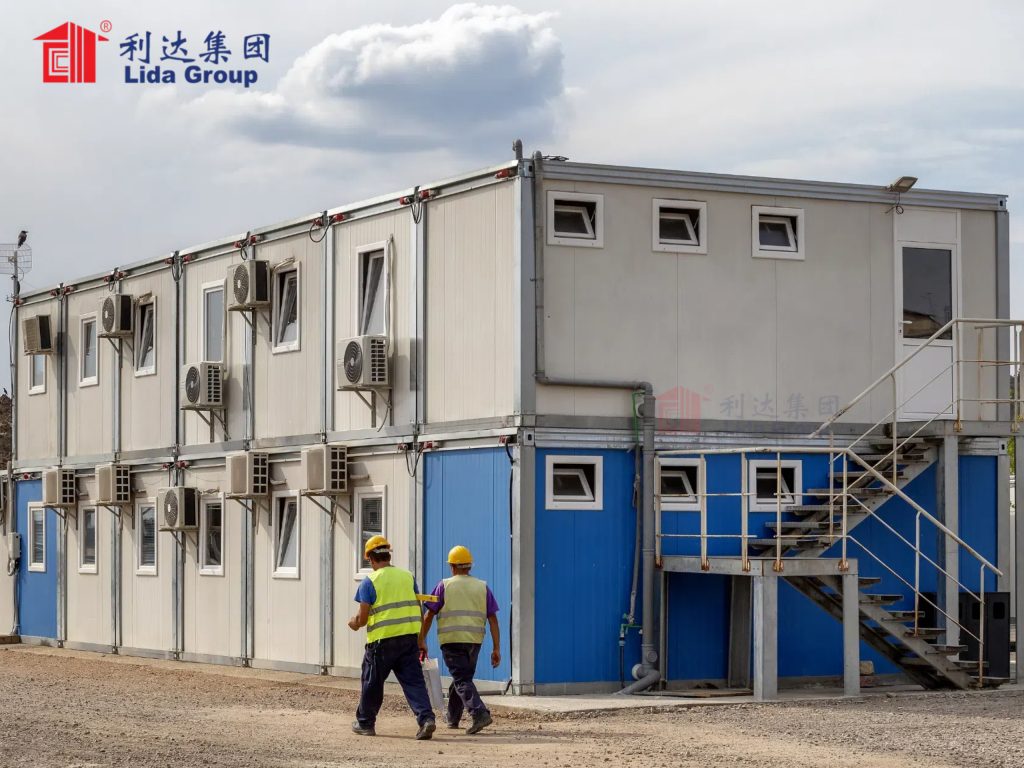
4. Lida Group’s Temporary Container Buildings: A Game-Changer
4.1 Design and Structure
Lida Group’s temporary container buildings are based on a modular design, using modified shipping containers as the core structure. These containers are durable, weather-resistant, and can be easily transported by truck, ship, or train. The modular nature allows for a high degree of customization, with containers able to be stacked, connected, or arranged in various configurations to create different types of spaces, such as offices, dressing rooms, makeup studios, catering areas, and storage facilities.
The containers are constructed using high-quality steel, ensuring strength and stability. They are also insulated to provide a comfortable environment in a range of climates, from hot deserts to cold mountain regions. The interior of the containers can be finished to a high standard, with features such as air conditioning, heating, lighting, and plumbing, making them suitable for use as functional and comfortable living and working spaces.
4.2 Specialized Prefab Construction Techniques
Lida Group utilizes specialized prefab construction techniques to manufacture its container buildings. The majority of the construction work is done off-site in a controlled factory environment, ensuring high quality and consistency. This off-site construction reduces the need for on-site labor and minimizes the impact of weather and other external factors on the construction process.
The prefab components are designed to be easily assembled on-site. The containers are equipped with standardized connectors, allowing them to be quickly and securely joined together. This modular approach means that production villages can be set up in a matter of days, rather than weeks or months, significantly reducing construction time and disruption to the filming schedule.
4.3 Sustainability Features
Lida Group’s temporary container buildings are designed with sustainability in mind. The use of recycled shipping containers reduces the demand for new materials and helps to divert waste from landfills. The modular design also minimizes construction waste, as components are precision-manufactured in the factory. In addition, the buildings can be easily dismantled and reused, reducing the need for new construction and further minimizing environmental impact.
The container buildings are also energy-efficient. They are insulated to reduce heat loss and gain, and can be fitted with energy-saving appliances and lighting. Solar panels can be installed on the roof of the containers to generate renewable energy, further reducing the carbon footprint of the production village.
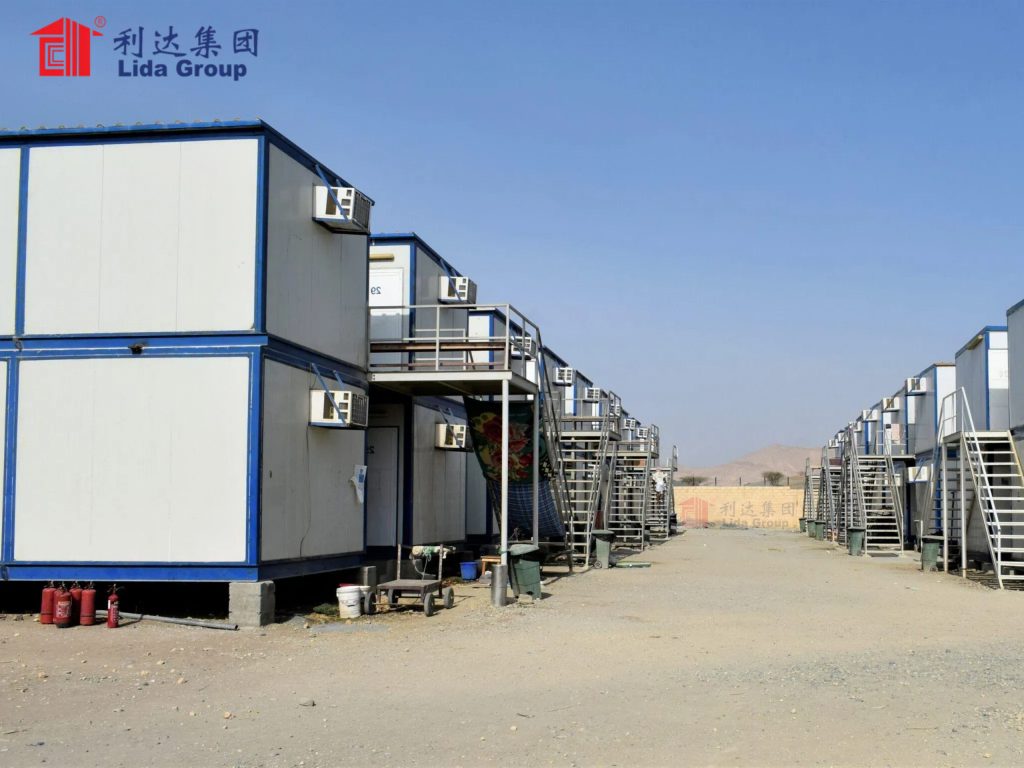
5. Benefits of Lida Group’s Container Buildings for Production Villages
5.1 Mobility and Flexibility
One of the key benefits of Lida Group’s container buildings is their mobility. The containers can be easily transported to any location, making it possible to set up production villages in remote or hard-to-reach areas. Once the shoot is complete, the village can be dismantled and the containers can be transported to the next location, ready to be reassembled. This mobility gives filmmakers the freedom to choose the best locations for their projects without being constrained by the availability of permanent facilities.
The modular design also provides a high degree of flexibility. The layout of the production village can be easily modified to meet changing needs. Additional containers can be added to create more space, or existing containers can be rearranged to accommodate new requirements. This flexibility ensures that the production village can adapt to the evolving demands of the shoot.
5.2 Cost-Effectiveness
Lida Group’s container buildings offer significant cost savings compared to traditional production villages. The off-site prefab construction reduces labor costs, as fewer workers are needed on-site. The use of recycled materials and modular design also minimizes material waste and reduces the need for expensive custom construction. The quick setup and dismantling times reduce the overall construction period, which can lead to savings on accommodation, travel, and other associated costs.
In addition, the reusability of the container buildings means that they can be used for multiple productions, spreading the initial investment over time. This makes them a cost-effective long-term solution for major studios that frequently undertake on-location shoots.
5.3 High-Quality Facilities
Despite being temporary, Lida Group’s container buildings provide high-quality facilities that meet the needs of cast and crew. The insulated containers offer a comfortable environment in all weather conditions, and the interior finishes are designed to be both functional and aesthetically pleasing. The buildings can be equipped with all the necessary amenities, such as modern bathrooms, kitchens, and workspaces, ensuring that everyone involved in the production has a safe and comfortable place to work and rest.
The use of high-quality materials and construction techniques ensures that the buildings are durable and reliable, able to withstand the rigors of on-location filming. This reduces the risk of breakdowns or disruptions, which can be costly and time-consuming to resolve.
5.4 Reduced Environmental Impact
As mentioned earlier, Lida Group’s container buildings have a significantly lower environmental impact than traditional production villages. The use of recycled materials, modular design, and energy-efficient features all contribute to reducing the carbon footprint of the production. The ability to reuse the buildings also minimizes waste and reduces the need for new construction, further protecting the environment.
This focus on sustainability is increasingly important for major studios, which are under pressure from audiences, regulators, and shareholders to operate in a more environmentally responsible manner. By adopting Lida Group’s container buildings, studios can demonstrate their commitment to sustainability while still meeting their production needs.
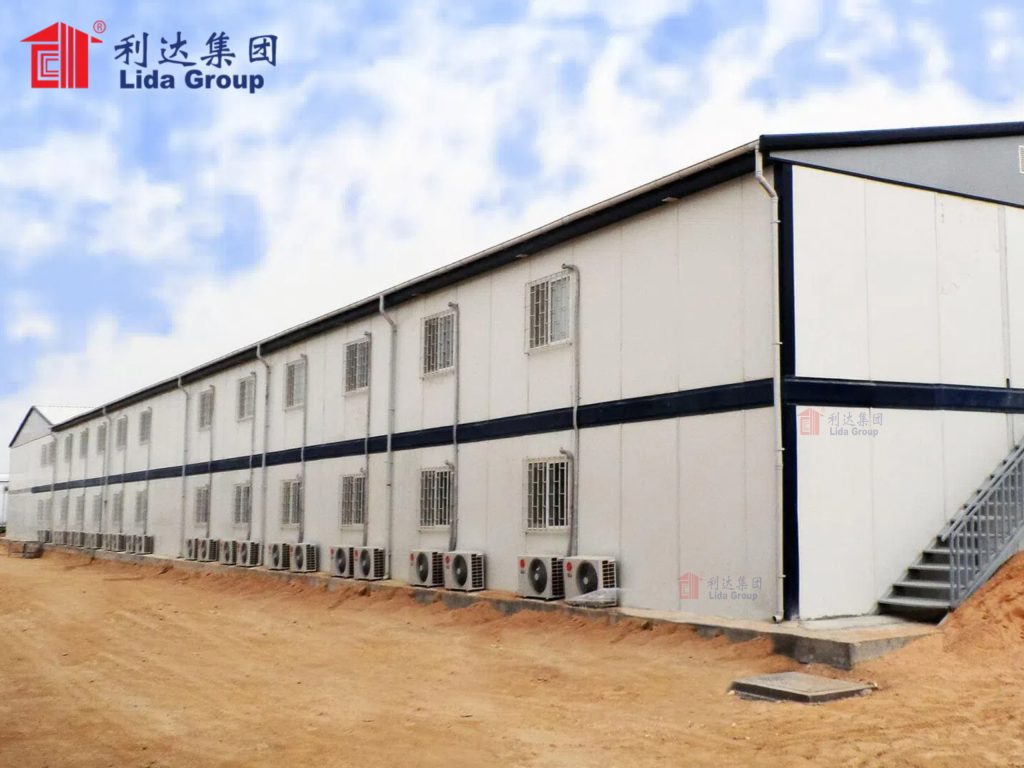
6. Case Studies: Major Studios Adopting Lida Group’s Solutions
6.1 Blockbuster Film Shoot in a Remote Desert Location
A major Hollywood studio was planning a blockbuster film shoot in a remote desert location, where there were no existing production facilities. The studio needed a production village that could accommodate a large cast and crew, with facilities including offices, dressing rooms, makeup studios, catering areas, and storage.
Lida Group was contracted to provide a solution. The company designed a modular production village using its container buildings. The village was transported to the desert location in containers and assembled in just two weeks. The containers were insulated to cope with the extreme heat, and equipped with air conditioning, lighting, and plumbing. The village included a large catering area, multiple dressing rooms, and offices for the production team.
The studio was impressed with the speed of setup and the quality of the facilities. The container buildings provided a comfortable and functional working environment for the cast and crew, and the mobility of the village allowed for easy relocation when the shoot moved to a different part of the desert. The use of recycled materials and energy-efficient features also helped the studio meet its sustainability goals.
6.2 Period Drama Filmed in a Historic European City
A European studio was filming a period drama in a historic city, where strict regulations prohibited the construction of permanent structures. The studio needed a temporary production village that could be set up in a nearby parking lot without damaging the surrounding area.
Lida Group’s container buildings were the perfect solution. The village was designed to be compact and unobtrusive, with containers arranged in a way that minimized the impact on the historic surroundings. The buildings were finished with a traditional exterior design to blend in with the local architecture, while the interior was fitted with period-appropriate fixtures and fittings.
The production village was set up in just three days, and after the shoot was completed, it was dismantled and removed without leaving any trace. The studio was able to comply with the local regulations while still providing high-quality facilities for the cast and crew, and the flexibility of the container buildings allowed for easy modification of the village as the shoot progressed.

7. Comparison with Traditional Production Villages
7.1 Construction Time and Cost
When compared to traditional production villages, Lida Group’s container buildings offer significant advantages in terms of construction time and cost. Traditional villages can take weeks or months to build, with high labor and material costs. In contrast, container villages can be set up in a matter of days, reducing construction time by up to 80%. The off-site prefab construction also reduces labor costs, and the use of recycled materials and modular design minimizes material waste, leading to cost savings of up to 50% in some cases.
7.2 Mobility and Adaptability
Traditional production villages are fixed in location and cannot be easily moved or adapted. Container villages, on the other hand, are highly mobile and can be transported to any location. They can also be easily modified to meet changing needs, with additional containers added or removed as required. This mobility and adaptability give filmmakers greater flexibility and allow them to respond quickly to changes in the production schedule.
7.3 Environmental Impact
Traditional production villages have a significant environmental impact, with land clearing, material transportation, and waste generation all contributing to pollution and habitat destruction. Container villages, however, use recycled materials and have a modular design that minimizes waste. They can also be reused, reducing the need for new construction. This results in a much lower environmental footprint, making them a more sustainable choice for the film industry.
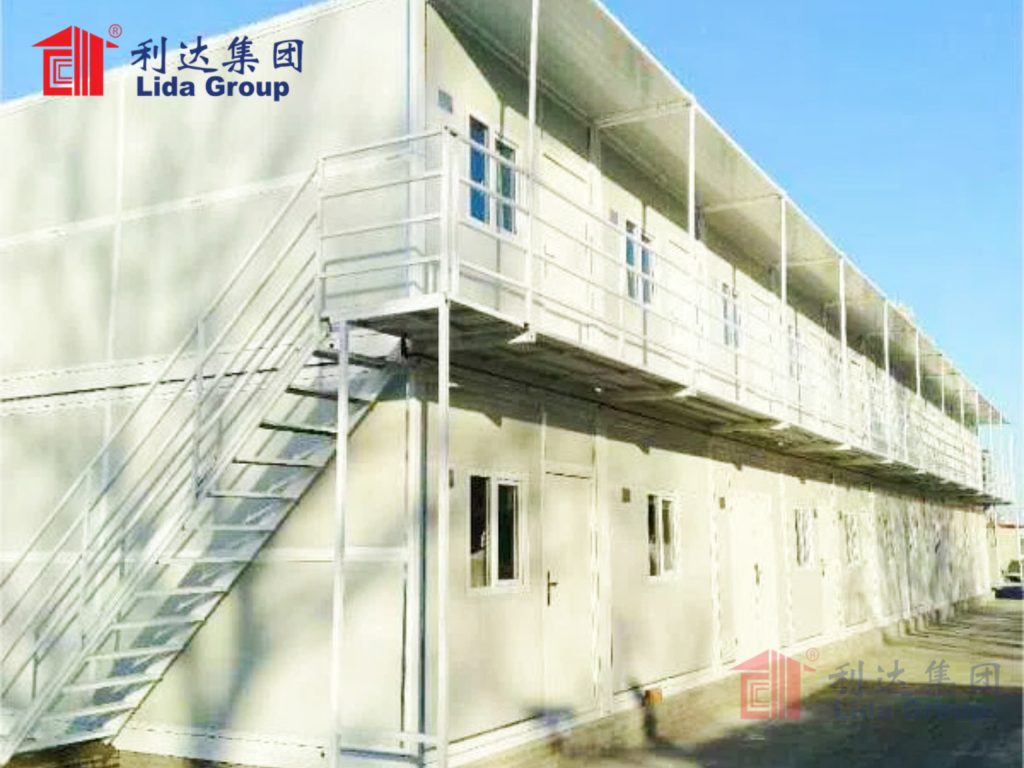
8. Future Developments and Trends
8.1 Technological Innovations in Container Design
Looking to the future, there are several technological innovations that could further enhance Lida Group’s container buildings. For example, the integration of smart technology could allow for remote monitoring and control of the buildings’ systems, such as heating, cooling, and lighting. This would improve energy efficiency and make it easier to manage the production village.
Advancements in insulation materials could also make the containers more energy-efficient, allowing them to cope with even more extreme climates. The use of 3D printing technology in the manufacturing process could enable more complex and customized designs, further increasing the flexibility of the container buildings.
8.2 Expansion of Applications in the Film Industry
As major studios continue to adopt Lida Group’s container buildings, their applications within the film industry are likely to expand. They could be used not just for production villages, but also for temporary soundstages, post-production facilities, and even outdoor filming sets. The ability to quickly set up and dismantle these structures makes them ideal for use in events such as film festivals and premieres.
In addition, the use of container buildings could spread to independent filmmakers and smaller production companies, who are often more cost-conscious and need flexible solutions. This would democratize access to high-quality production facilities and help to foster innovation in the industry.
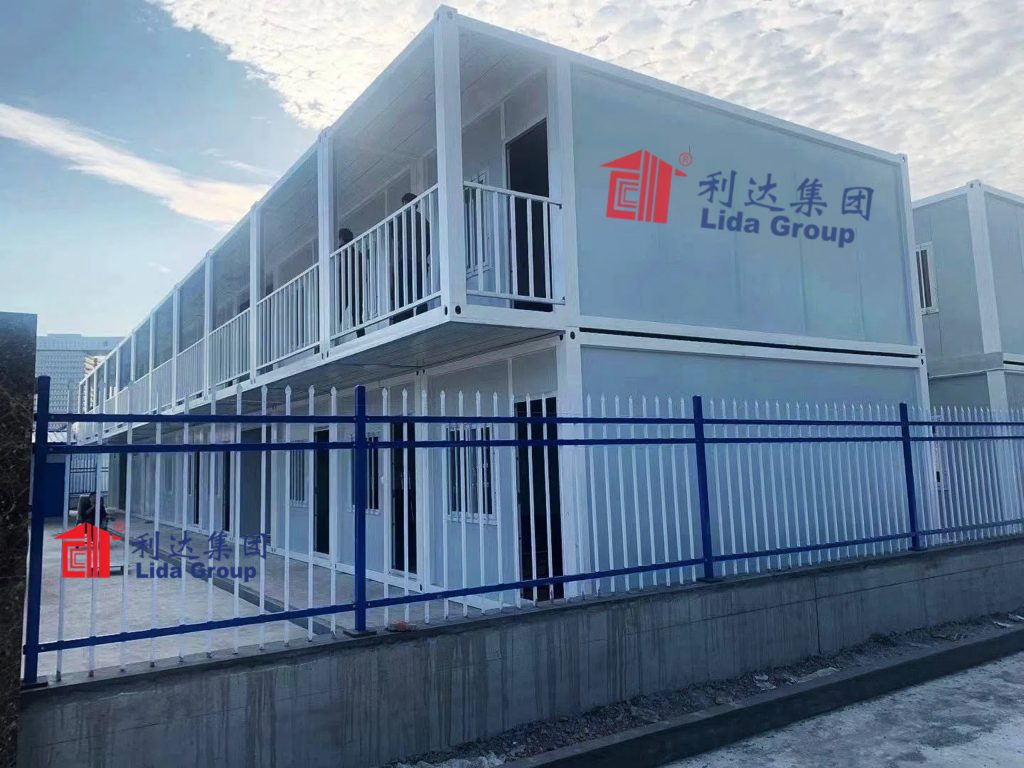
9. Conclusion
The film industry is undergoing a significant shift towards more flexible, mobile, and sustainable production methods, driven by the growing demand for on-location filming and the need to control costs and reduce environmental impact. Traditional production villages are struggling to meet these demands, but Lida Group’s temporary container buildings offer a viable and innovative solution.
With their modular design, specialized prefab construction techniques, and sustainability features, Lida Group’s container buildings provide a range of benefits, including mobility, flexibility, cost-effectiveness, high-quality facilities, and reduced environmental impact. The case studies of major studios adopting these buildings demonstrate their practicality and effectiveness in a variety of filming locations and scenarios.
When compared to traditional production villages, Lida Group’s container buildings offer clear advantages in terms of construction time, cost, mobility, adaptability, and environmental impact. As technological innovations continue to enhance their design and functionality, and their applications within the film industry expand, they are set to play an increasingly important role in shaping the future of film production.
By adopting Lida Group’s temporary container buildings, major studios are not only meeting their immediate production needs but also contributing to a more sustainable and efficient film industry. These buildings represent a significant step forward in the way production villages are conceptualized and executed, and their widespread adoption is likely to have a transformative impact on the industry for years to come.
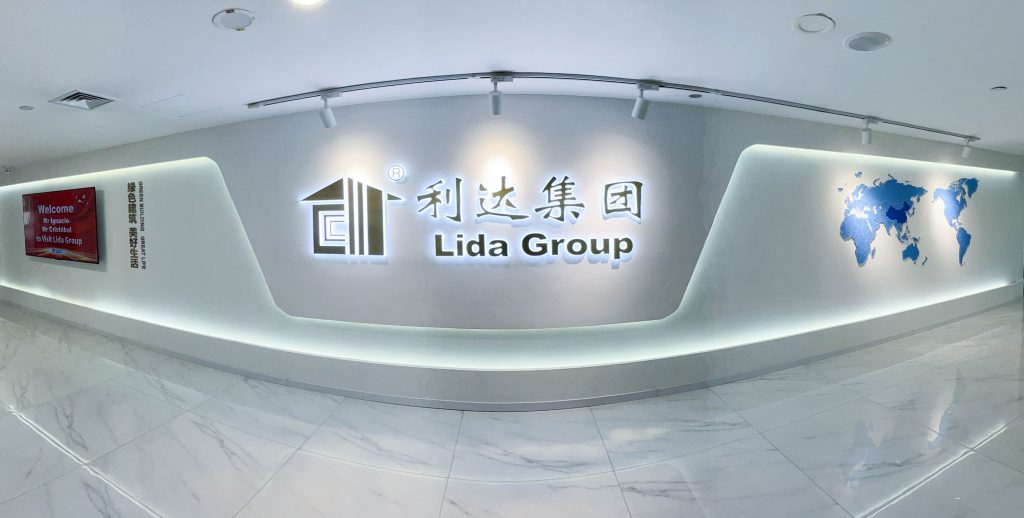
Related news
-
Arctic Research Breakthrough: Lida Group's Insulated High Quality Container Houses Utilize Specialized Prefab Construction Techniques
2025-07-30 11:59:24
-
Sustainable Urban Expansion: Lida Group Delivers High Quality Container Apartments Using Recycled Prefab Construction Materials
2025-07-30 11:15:35
-
Flood-Resistant Innovation: Lida Group's Temporary Container Buildings Feature Elevated Prefab Construction for Coastal Emergency Housing
2025-07-30 09:38:44
contact us
- Tel: +86-532-88966982
- Whatsapp: +86-13793209022
- E-mail: sales@lidajituan.com


